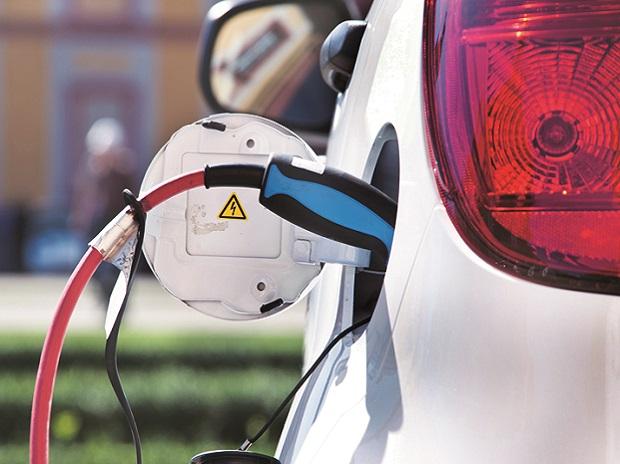
The year 2019 was a mix of ups and downs for the electric vehicle (EV) sales in the country. The coming year is expected to be better, with the entry of more electric cars and Chinese entities’ entry, bringing down the average cost.
The second phase of the Rs 10,000-crore scheme of the central government, termed Faster Adoption and Manufacturing for Hybrid and Electric vehicles (FAME II), offers higher incentives to higher powered products. It excludes lead acid battery-powered two-wheelers and mandates that e-scooters should have 80 km per charge and a minimum top speed of 40 kmph, with at least 50 per cent localisation in manufacturing. This has left a large share of two-wheelers out of the incentive, says CRISIL Research.
Recently, Union minister Prakash Javadekar told Parliament about 285,000 buyers of electric/hybrid vehicles had been supported by a subsidy of Rs 360 crore under FAME.
Sohinder Gill, director-general, Society of Manufacturers of Electric Vehicles (SMEV). said, “The year 2019 was full of turmoil for the EV industry. Sudden policy shock by the government in March 2019 led to a decline in sales of electric two-wheelers under FAME II. It has made companies becoming less dependent on government subsidies.”
The number of electric two-wheelers sold under FAME in the first six months of this financial year (April to September) saw a 94 per cent decline to around 3,000 units, from 48,671 units in the same period last year. The number sold without FAME incentive in the period went up to around 49,000 units, 2019, from around 10,000 during the same period last year, said SMEV.Low-speed lithium battery vehicles without the FAME incentive cost around Rs 55,000. The high-speed electric two-wheeler costs around Rs 80,000 after the incentive applied, said sources....Read More
No comments:
Post a Comment